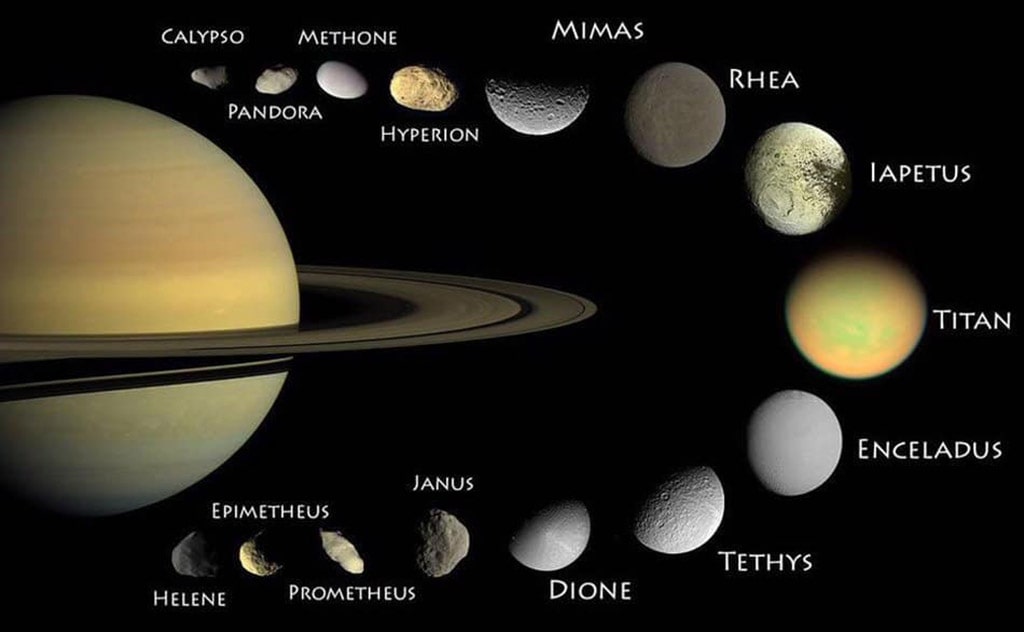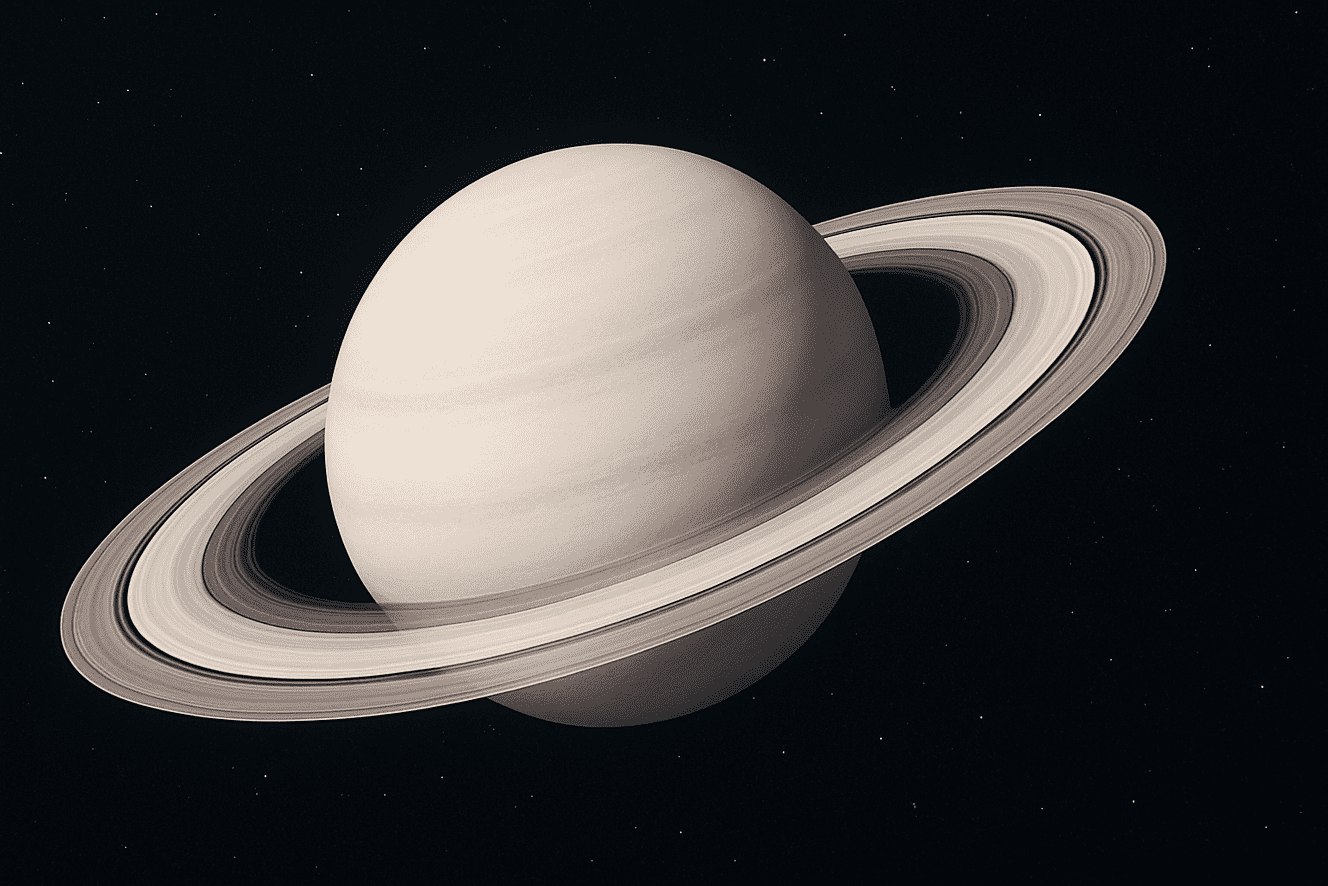Introduction
Saturn, positioned as the sixth planet from the Sun, stands out as a massive gas giantwith unparalleled beauty in our solar system. Renowned for its breath-taking rings,Saturn captures the imagination of scientists and sky-watchers alike. Dominated byhydrogen and helium, its swirling atmosphere is both dynamic and mysterious. Theplanet is home to a diverse collection of moons and has long been a focus ofastronomical research and exploration. In this article, we will delve into Saturn'sstructure, rings, moons, and scientific significance.
Structure and Composition
As a gas giant, Saturn doesn't have a solid surface like Earth, but instead consists mostlyof swirling gases. It consists primarily of hydrogen (about 96%) and helium (about 3%),with traces of methane, ammonia, and other gases. Due to extreme pressure in its deeplayers, the gaseous atmosphere transitions into a liquid state.
Saturn is a low-density planet, with an average density of just 0.687 g/cm³—lower thanwater. This means that if a sufficiently large ocean existed, Saturn would float. Due to itsrapid rotation (completing one full spin in about 10.7 hours), the planet is slightlyflattened at the poles and bulges at the equator.
Saturn’s Spectacular Rings
Saturn's most distinctive feature is its ring system. These rings are primarily composedof ice particles, ranging from microscopic grains to large chunks. Extending up to282,000 km from the planet’s center, the rings have an average thickness of just 10meters.
The rings are divided into several main sections. the most prominent being the A, B, andC rings, along with the fainter D, E, and G rings. The 4,800-km-wide Cassini Divisionbetween the A and B rings is particularly well known. Scientists believe the rings mayhave originated from a destroyed moon or remnants from Saturn’s formation.
Saturn’s Moons
 Image Credit: Perth Observatory
Image Credit: Perth ObservatorySaturn has a vast system of moons, with over 146 confirmed natural satellites as of2024. Titan, the most remarkable of Saturn’s moons, holds the distinction of being thesolar system’s second-largest natural satellite. Titan has a dense atmosphere composedmainly of nitrogen and methane and is the only moon known to have liquid lakes andrivers on its surface.
Other notable moons include
Enceladus – Known for its subsurface ocean and icy geysers, which hint at the potential
for extraterrestrial life.
Rhea – Saturn’s second-largest moon, primarily composed of ice.
Iapetus – Half of its surface is covered in bright ice, while the other half is coated in
dark carbon-rich material.
Mimas – Features the massive Herschel crater, making it resemble the Death Star.
Saturn’s Atmospheric Phenomena
Saturn's atmosphere exhibits diverse weather patterns, including intense storms andpowerful jet streams. Wind speeds in the upper atmosphere can reach up to 1,800km/h. A particularly intriguing feature is the hexagonal storm at the north pole, whichhas a diameter of approximately 30,000 km.
Saturn Exploration
Several space missions have contributed significantly to our understanding of Saturn.Pioneer 11 was the first to capture close-up images in 1979, followed by Voyager 1and 2 in the early 1980s. However, NASA’s Cassini-Huygens mission (1997-2017)provided the most comprehensive data, studying Saturn’s rings, weather, and moons forover 13 years.
Scientific Importance
Saturn plays a crucial role in planetary science. Its ring system offers insights intoplanetary disk formation and evolution, while moons like Titan and Enceladus arecentral to the search for life beyond Earth. Studying Saturn also enhances ourunderstanding of gas giants beyond our solar system.
Saturn remains one of the crown jewels of our solar system, captivating astronomersand space enthusiasts alike. Its unique rings, dynamic weather, and diverse moons makeit a fascinating subject for research. As technology advances, future missions will likelyunveil more of Saturn’s mysteries, expanding our knowledge of the universe.

 Image Credit: Perth Observatory
Image Credit: Perth Observatory